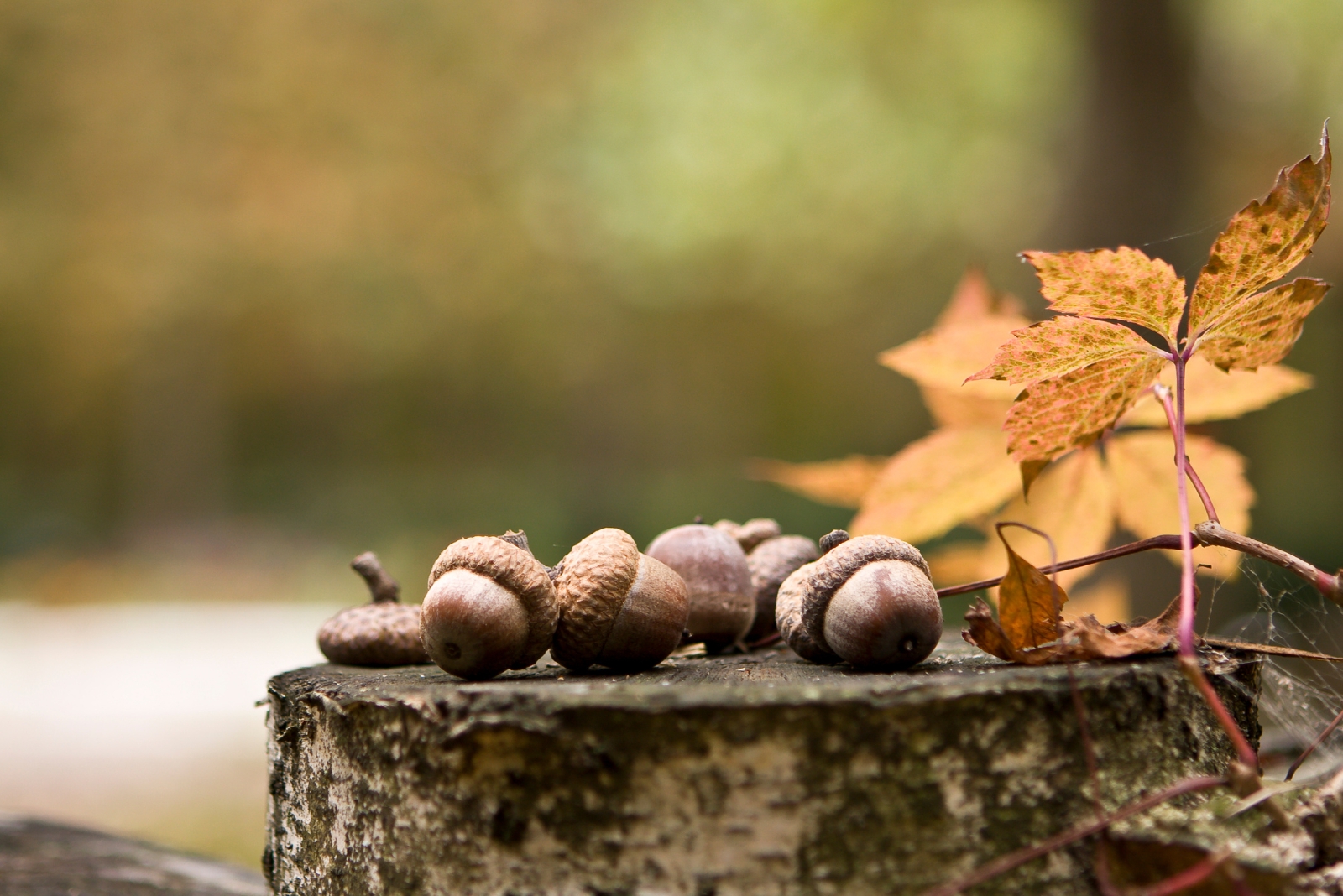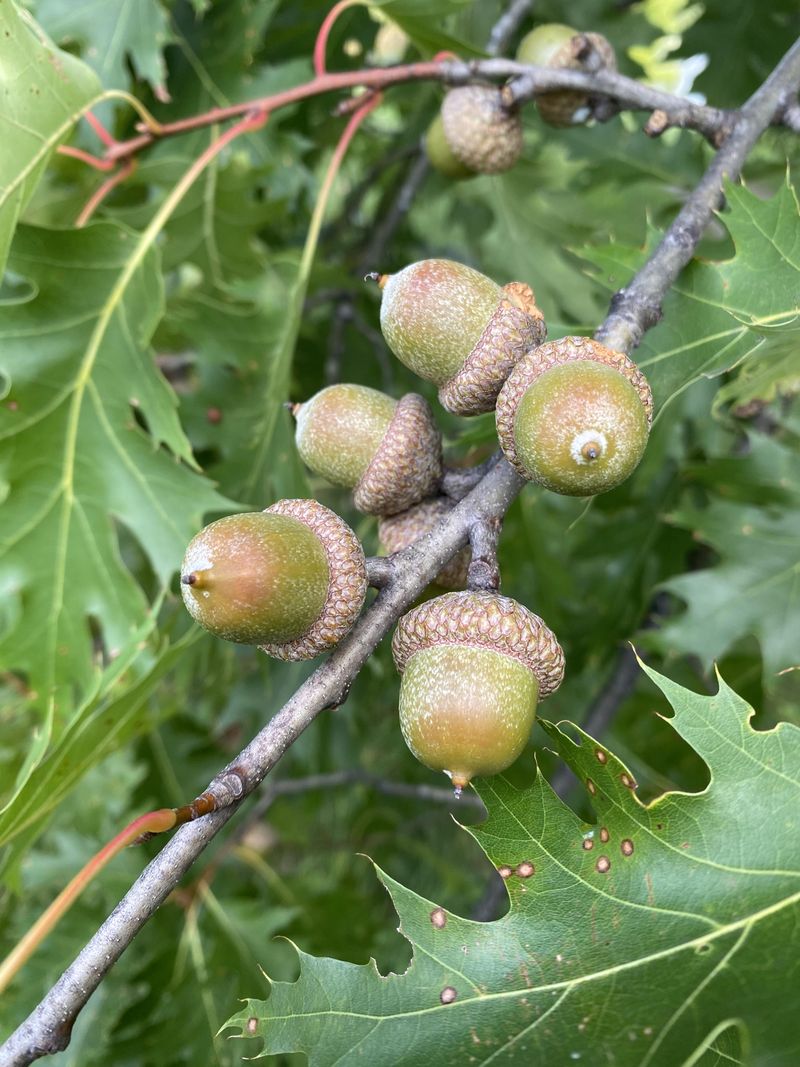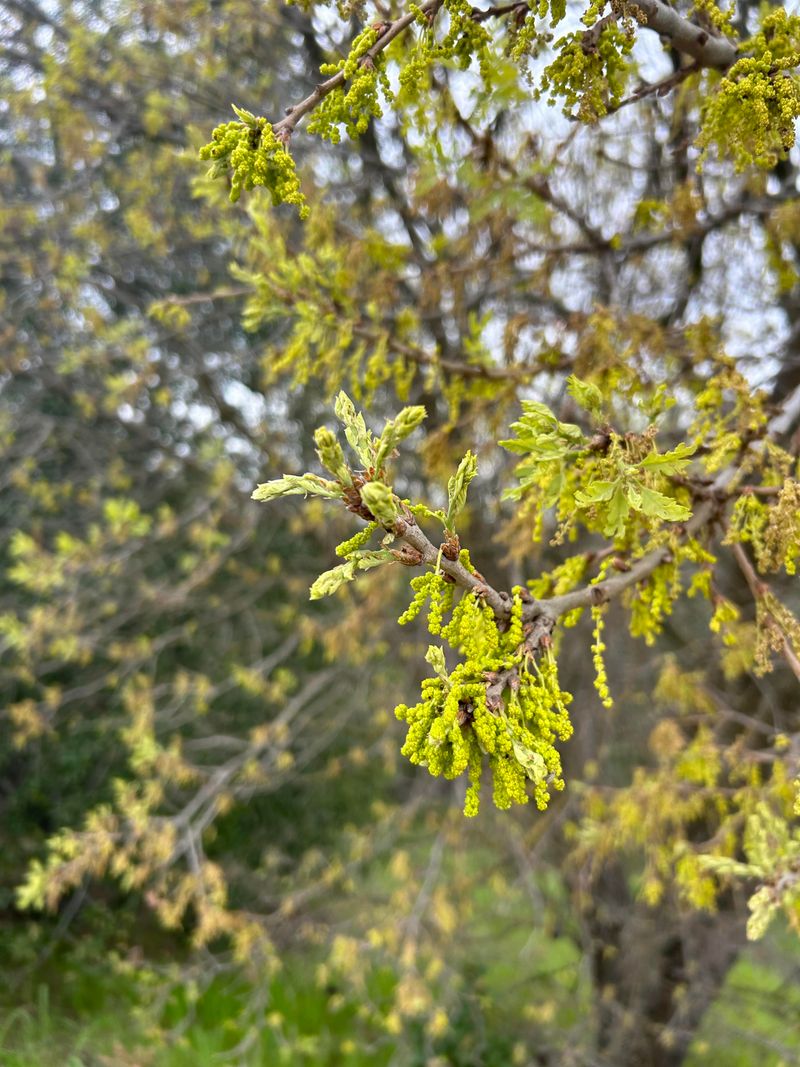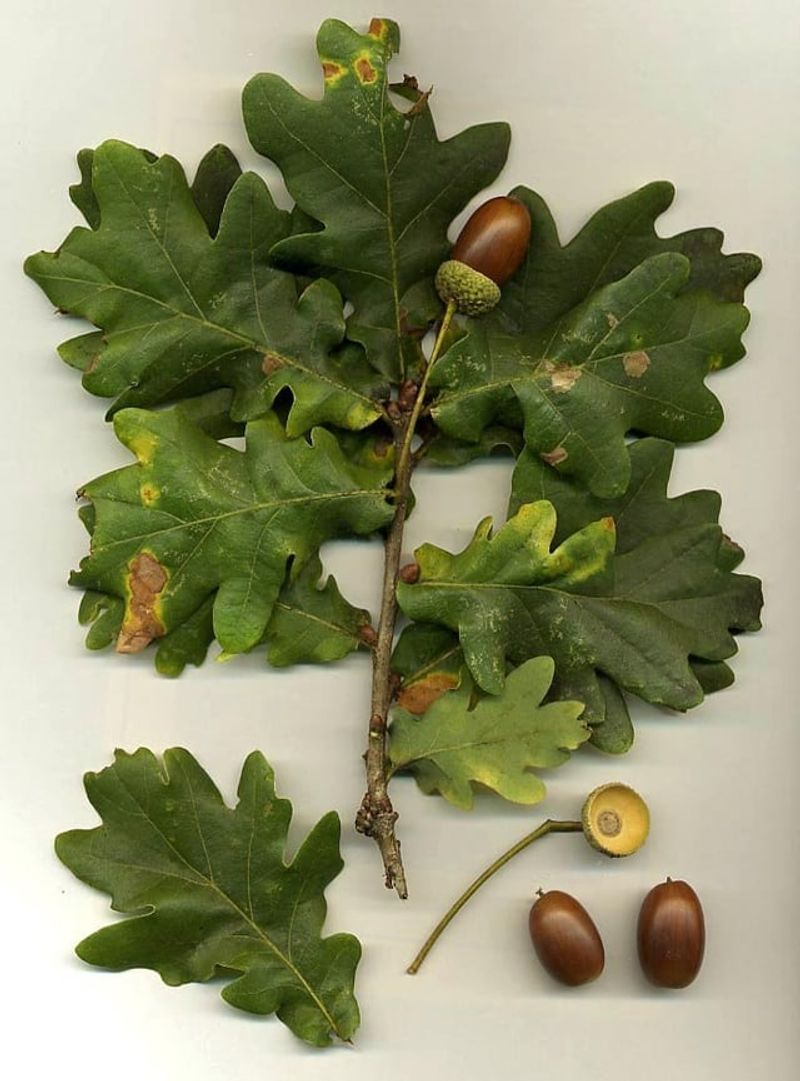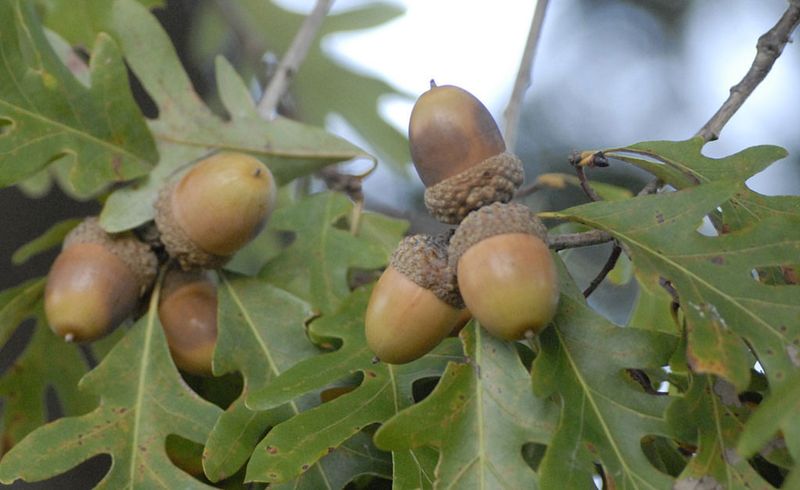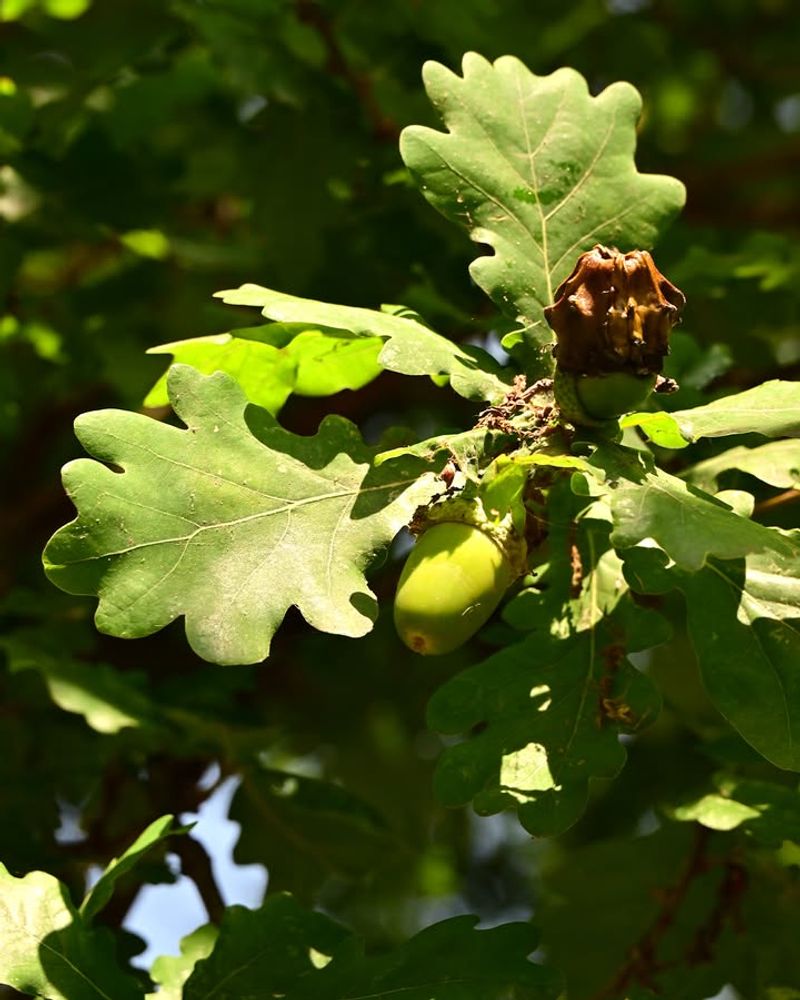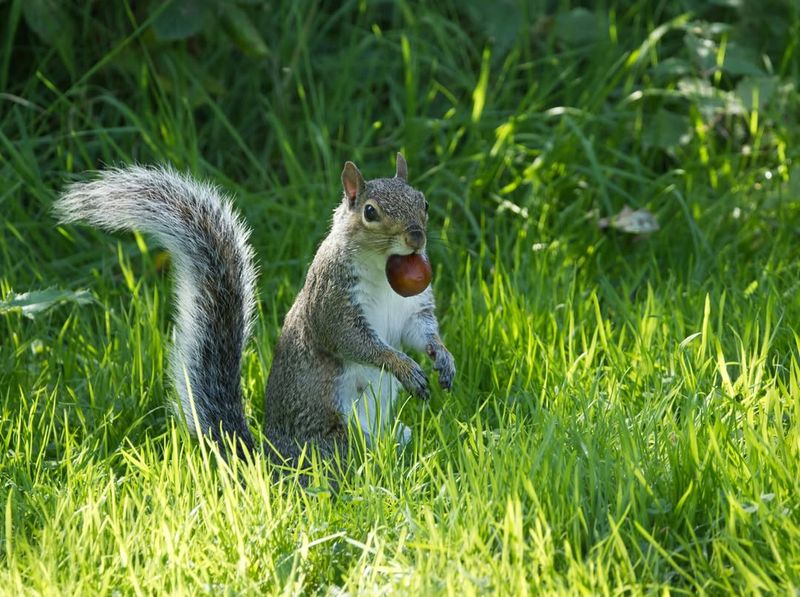Acorns seem to be everywhere in Virginia this fall, and it’s not just your imagination. I’ve been crunching through them on every walk lately and couldn’t help but wonder what’s behind the abundance.
It turns out, nature has a few fascinating reasons for the sudden acorn boom. Once you know why, those scattered shells will tell a whole story about the season.
1. Oak Trees Are Having a Mast Year
Oak trees across Virginia don’t produce the same amount of acorns every year. Instead, they go through cycles called mast years when they create massive amounts of acorns all at once.
During a mast year, you’ll notice way more acorns than usual because multiple oak trees synchronize their production. Scientists believe this happens when weather conditions are just right, allowing trees to store extra energy.
Virginia’s oaks are clearly having one of these banner years, which explains why your yard looks like an acorn factory exploded!
2. Perfect Spring Weather Boosted Acorn Production
Spring weather plays a huge role in fall acorn production. When Virginia experienced ideal spring conditions with warm temperatures and adequate rainfall, oak trees responded by developing more acorns.
Mild spring weather without late frosts allows oak flowers to pollinate successfully. More successful pollination directly translates to more acorns forming on the branches.
Think of it like a farmer having perfect planting conditions—the harvest months later becomes much more abundant. That’s exactly what happened with Virginia’s oaks this year!
3. Summer Rainfall Supported Acorn Development
Acorns need plenty of water during summer to grow big and healthy. Virginia received enough summer rainfall to support excellent acorn development without trees experiencing drought stress.
When oak trees get consistent moisture, they can dedicate more resources to producing acorns rather than just surviving. Drought years typically result in smaller acorn crops because trees prioritize their own survival first.
Adequate summer rain in Virginia meant the acorns already forming could mature properly and reach full size before dropping this fall.
4. Multiple Oak Species Are Producing Simultaneously
Virginia is home to numerous oak species, including white oaks, red oaks, and black oaks. When several species produce heavy acorn crops during the same season, the effect multiplies dramatically.
Different oak species typically alternate their mast years, but sometimes their cycles align. That alignment creates an acorn avalanche across neighborhoods throughout Virginia.
You’re seeing acorns from multiple tree types all dropping at once, which makes the quantity seem especially overwhelming compared to typical years when only one species produces heavily.
5. Trees Are Responding to Previous Stress Years
Oak trees remember tough times. After experiencing stressful conditions like drought or disease in previous years, Virginia’s oaks are bouncing back with extra acorn production.
When trees recover from stress, they often overcompensate by producing abundant seeds to ensure their species survives. It’s nature’s way of making up for lost reproduction opportunities during difficult periods.
Virginia’s oak trees may be responding to past challenges by going all-out this fall, flooding the ground with acorns to guarantee some will sprout into the next generation of trees.
6. Wildlife Population Cycles Influence Acorn Production
Oak trees and wildlife like squirrels, deer, and birds have an interesting relationship. When animal populations that eat acorns are lower, trees sometimes respond by producing more acorns.
Scientists call this predator satiation—trees produce so many acorns that even hungry animals can’t eat them all. This strategy ensures plenty of acorns survive to grow into new oak trees.
Virginia’s oak population might be implementing this survival tactic this fall, overwhelming local wildlife with more acorns than they could possibly consume or store for winter.
7. Climate Patterns Are Creating Favorable Conditions
Long-term climate patterns influence how oak trees behave. Virginia has experienced a combination of temperature and precipitation patterns that favor heavy acorn production this season.
Oak trees respond to environmental cues over multiple years, not just one season. When conditions align favorably across several growing seasons, trees can build up energy reserves needed for massive acorn production.
The climate conditions Virginia has experienced recently created the perfect storm for oak trees to unleash an extraordinary acorn crop that has residents noticing the difference everywhere they walk.

